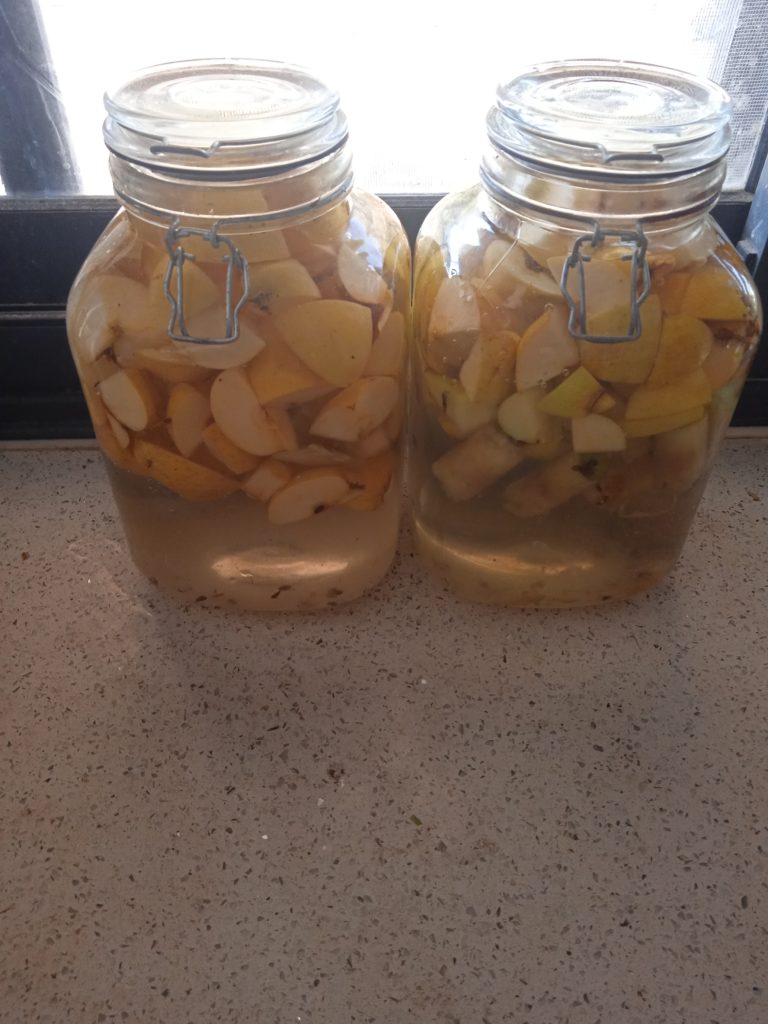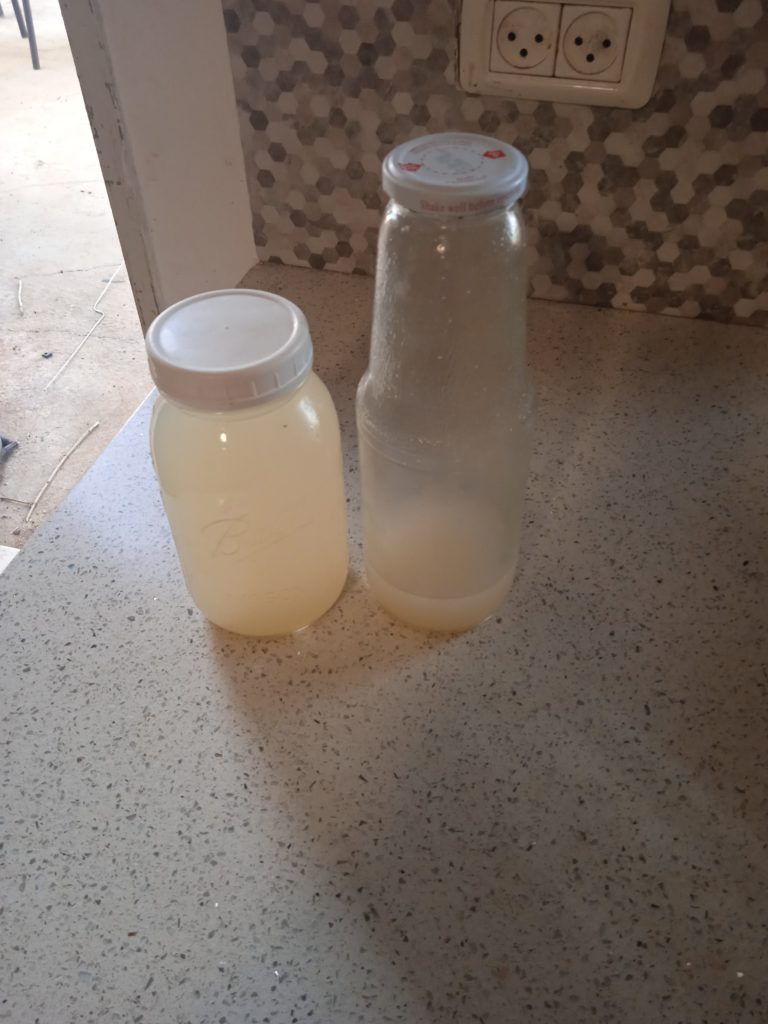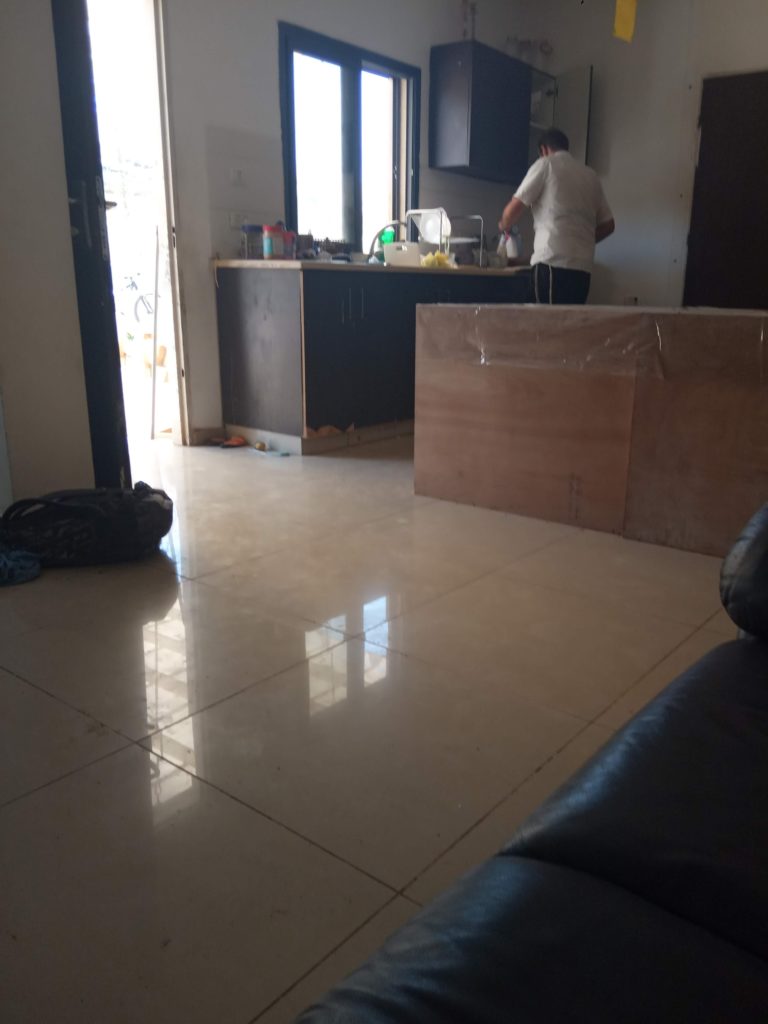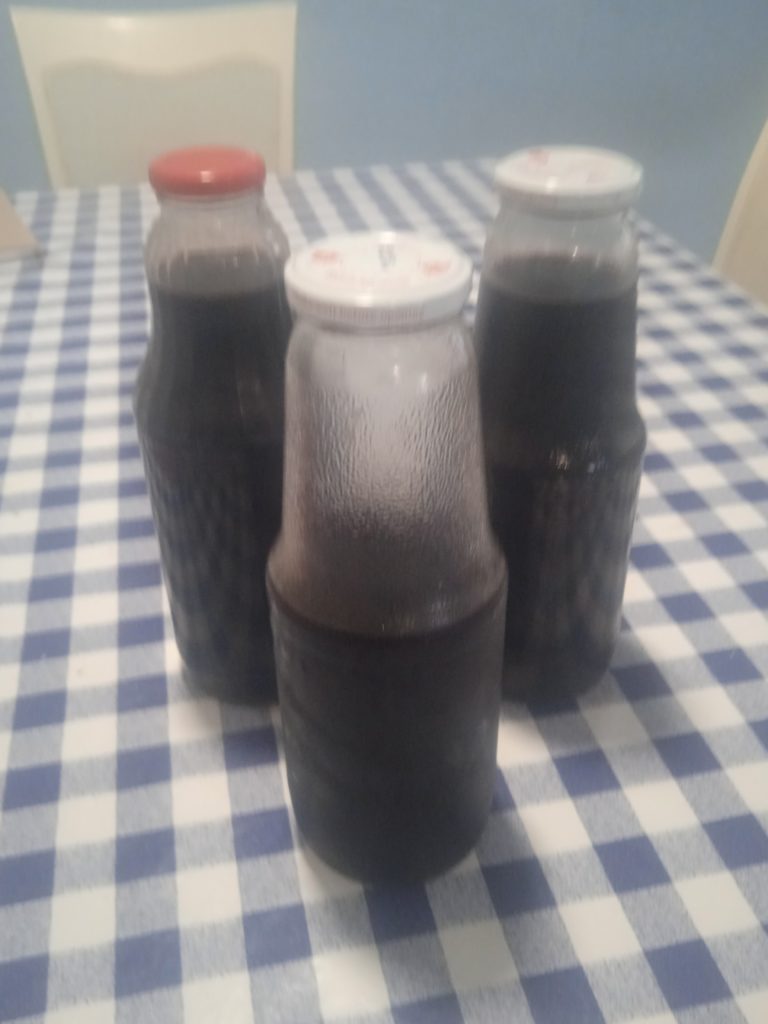Due to health concerns, I choose not to use vegetable oils such as canola, sunflower or soy. Though generally cheap and widely available, I stick with coconut oil (for cooking and baking) and olive oil (for salads).
There’s one oil that I’m only able to get Passover time, and that’s palm oil. I look for it as soon as the stores switch over to Passover foods, and until a couple of years ago, would get about twenty bottles when they were at half price for 5 shekels each. It’s a shelf stable option and very convenient to have on hand to supplement my coconut oil use.
Last year I didn’t see any on sale, so I got my twenty bottles for the full price, ten shekels. This year I was disappointed not to see any palm oil for sale, not for a reduced price and not for a full price. None at all. Not only that, I hardly saw any oils being sold. I had noticed before Purim that the oils were scantily stocked, but thought it might be due to stores wanting to use up stock before switching to Passover foods.
Fortunately, my husband found two bottles of walnut oil for Pesach. That wasn’t enough for us for the amount of people we were cooking for! So I sent my husband back to the store to get some more walnut oil for the last couple of days of Pesach.
He called and told me he found ten bottles of palm oil, and did I want it? ‘Yes, all of them, please!’ But they’re 18 shekels each, you want me to spend 180 shekels on oil right now? Understandably, it didn’t seem like a priority to buy seemingly overpriced oil in quantity. With no hesitation, I told him, absolutely! I was so glad to get some.
I usually buy a carton of coconut oil (bulk size) twice a year. About six months ago, I realized prices were about to climb significantly for that specific product, so I bought more than usual. I also bought some for a couple of others who I told about the expected price increase.
This week I looked at the website of the bulk baking store I bought it from, to see if they carried palm oil. While I was browsing, I saw that the hydrogenated coconut oil (I buy unhydrogenated but didn’t see it in stock, the price is usually similar) is now 526 shekels for a carton. I paid 202 shekels for the same size carton a year ago, and 235 shekels at the end of the summer.
You know what oil is now 323 shekels for a sixteen kilo carton? Canola. Seriously. One of the cheapest and most nutritionally worthless oils is now more than I paid six months ago for the most expensive oil.
For us, good quality fats are an important part of our diet, and I consider it a priority to have some on hand. Believe me, I’m really glad that I bought a second carton in the summer; I just finished the carton I bought then and am now at the point that I would be needing to buy more. Coconut oil is shelf stable for a long time and I saved over 300 shekels on that one carton. I don’t know if I’ll continue to buy coconut oil if I have to pay so much for it; I’m going to be looking for a less expensive option.
On Sukkos (five months ago) my daughter-in-law told me she wanted to buy coconut oil in bulk but the price was up to 350 shekels; that looks like a screaming bargain right now. The question is, does a shopper buy some extra at this price, which seems exorbitant now but may be a bargain in another six months? I don’t expect the price of coconut oil to go down anytime soon; realistically probably not for a couple of years. But this price is a bit rich for my budget.
Oils are currently being rationed in the UK and other parts of Europe; they’ve been out of stock for weeks in Germany. The managing director of Iceland supermarkets confirmed they are rationing oil to a bottle a person, and explained, “If you look at commodity prices, sunflower oil has gone up 1,000 percent in terms of the commodity cost in the market, palm oil (up) 400 percent, and then there is things like wheat, 50 percent, fertilizer 350 percent”.
What’s causing these prices to shoot up? In short, supply chain issues and the Russia-Ukraine conflict is the latest factor. Does what happens in the UK or Europe have anything to do with those of us in the US or Israel? Based on these price increases, it certainly seems so.
As I’ve said before, one of my primary grocery budgetary strategies is to stock up on what I need when the items are on sale. Today I’ll be going to a meeting with ds9’s teacher; his school isn’t far from an Osher Ad supermarket. I’m planning to stop in and see if I can find some good deals, and though I know the chances are slim, hoping to find palm oil! (Please let me know in the comments if you know where to buy palm oil in normal kitchen sized quantities.)
Avivah





